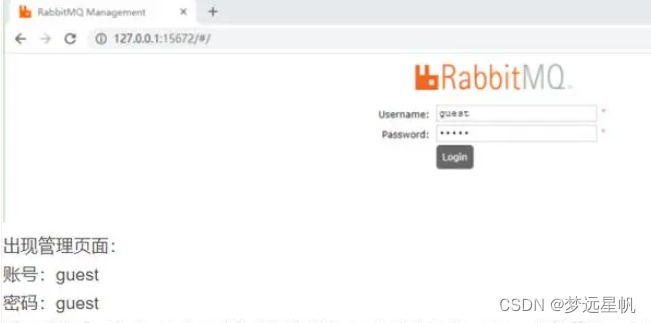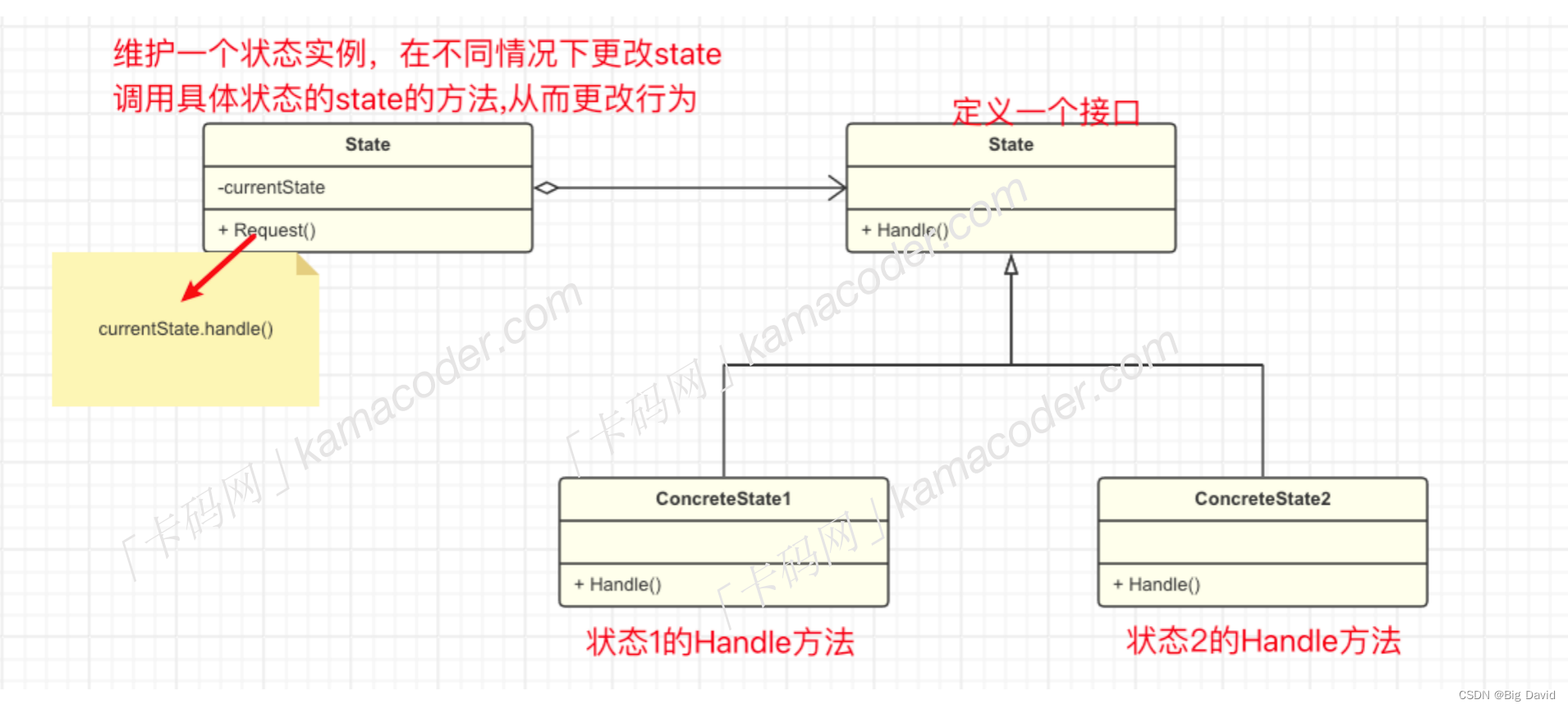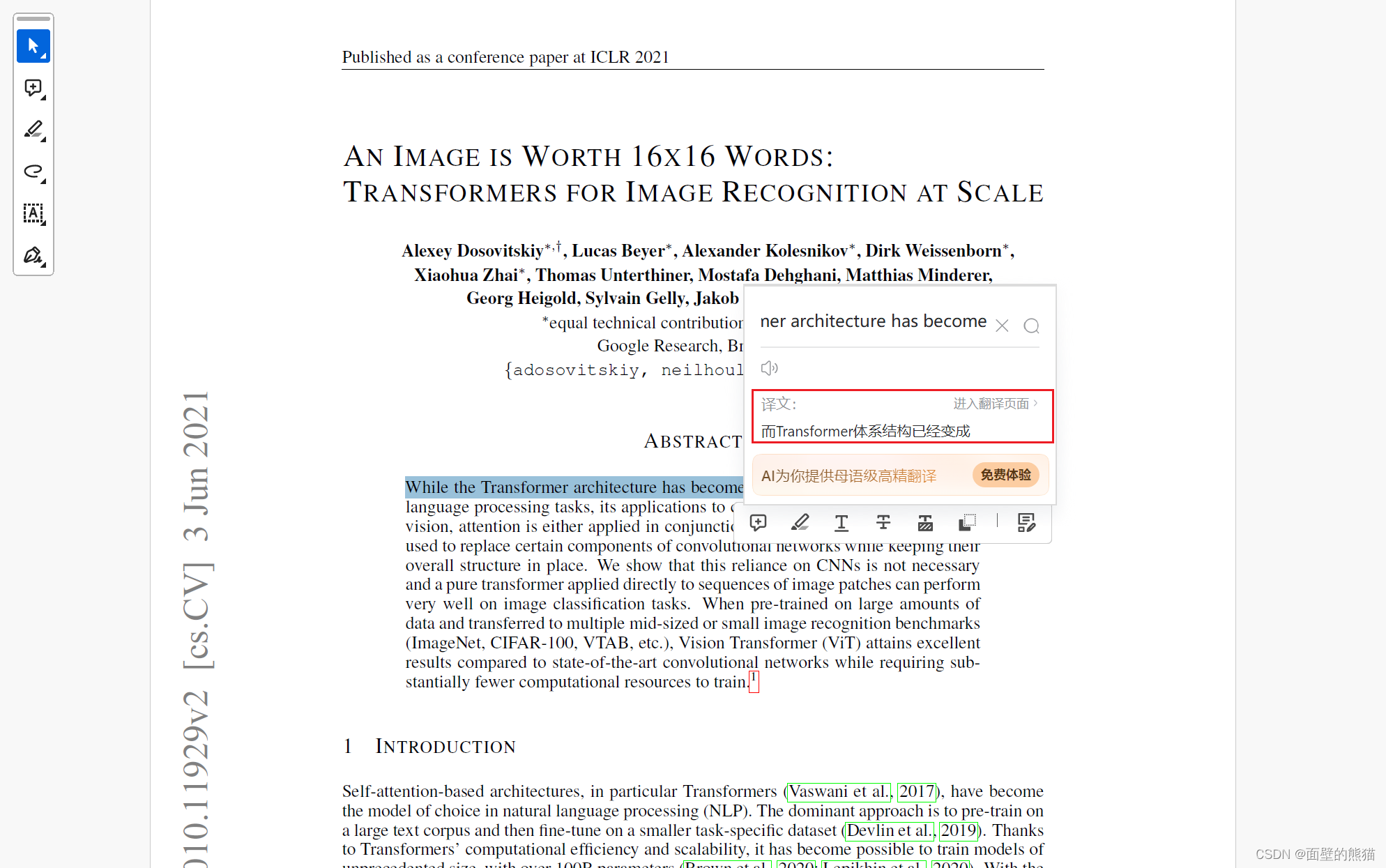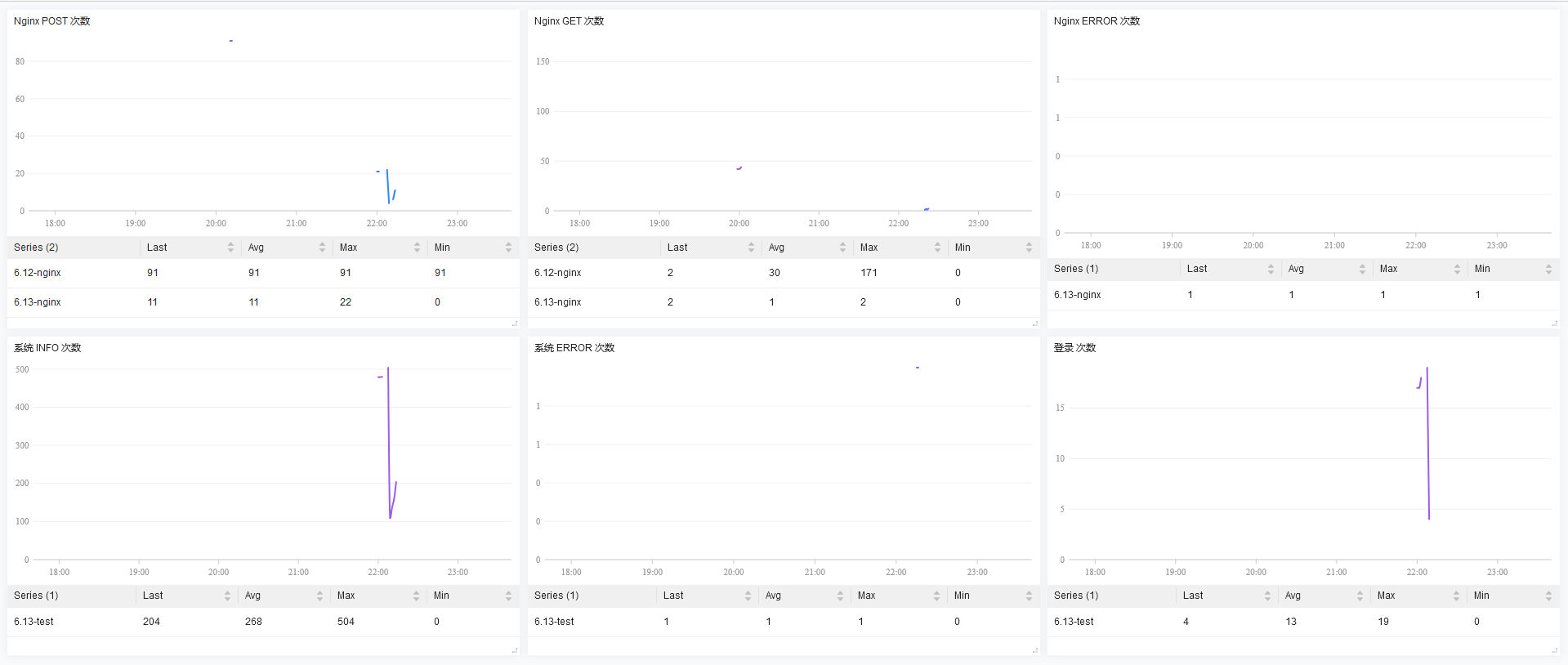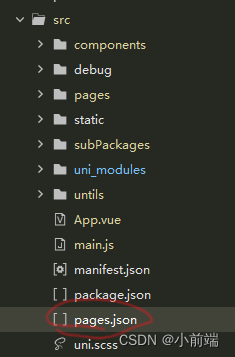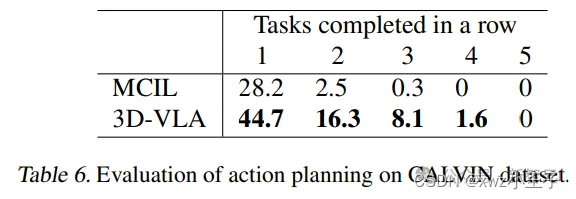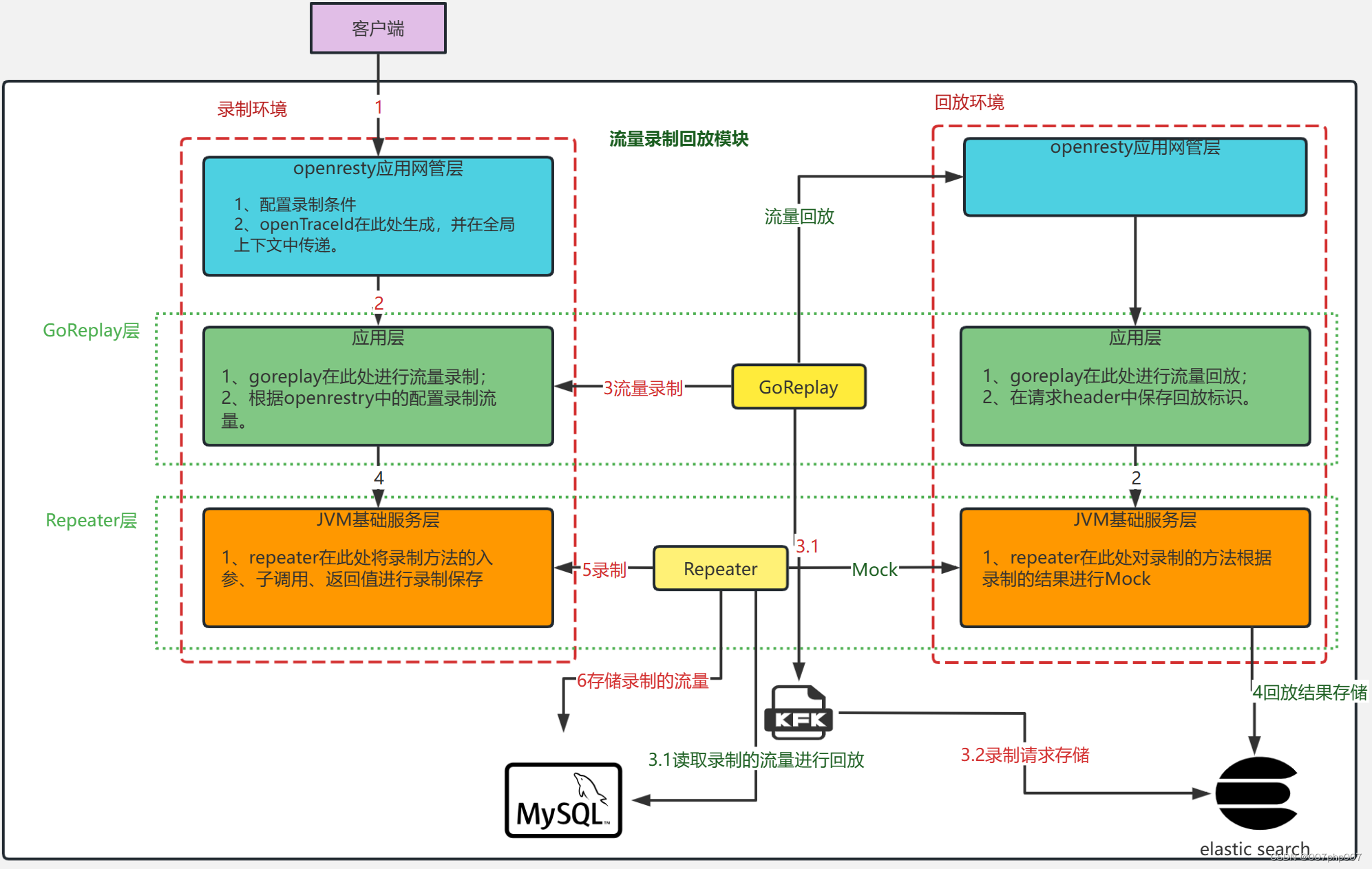1.ArrayList的缺点
上篇文章我们已经对顺序表进行了实现,并且对ArrayList进行了使用,我们知道ArrayList底层是使用数组实现的.
由于其底层是一段连续空间,当在ArrayList任意位置插入或者删除元素时,就需要将后序元素整体往前或者往后搬移,时间复杂度为O(n),效率比较低,因此ArrayList不适合做任意位置插入和删除比较多的场景。因此:java集合中又引入了LinkedList,即链表结构。
2.链表
2.1 链表的概念与结构
链表是一种物理存储结构上非连续存储结构,数据元素的逻辑顺序是通过链表中的引用链接次序实现的.就像一列动车一样.


通过上图我们可以看到,一个链表中有一节一节的"车厢",还有中间的"链条".我们称每一节"车厢"为结点,我们可以看到每一个结点中有下一个结点的地址,链表就是通过存储节点的地址来连接起来的,还有该结点的值.上面就是我们需要重点掌握的一种链表类型,叫做单向无头非循环链表.其实链表还有好多类型,下面我们来展示.
2.2 链表的类型
链表有以下几种性质:有头/无头,单向/双向,循环/非循环
- 有头/无头


它们的区别就是,有头链表的head永远指向一个固定的结点,而无头链表的head永远在改变. - 单向/双向

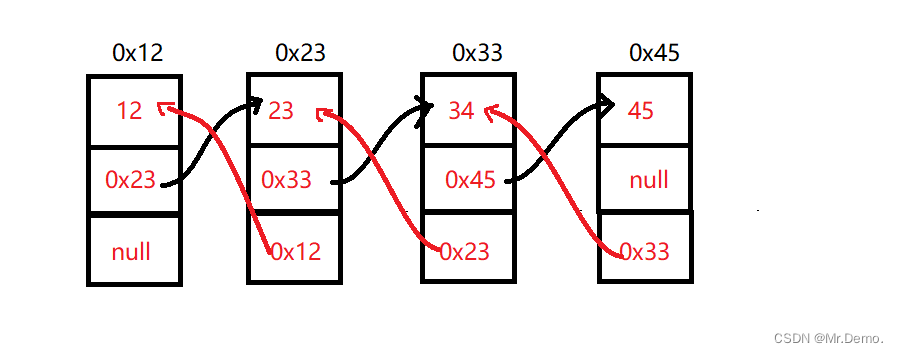
3. 循环/非循环
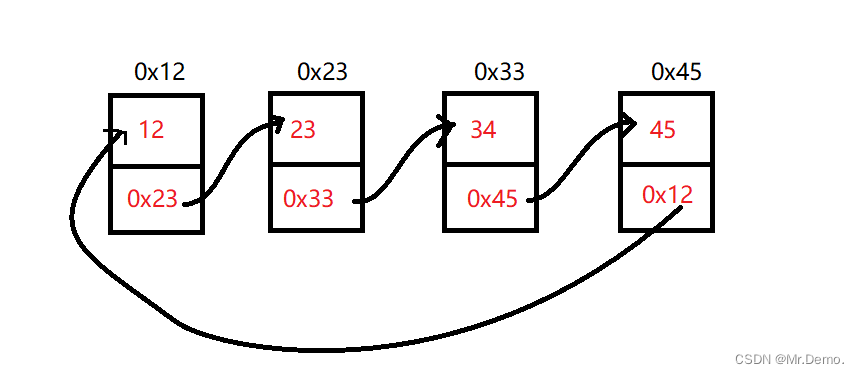
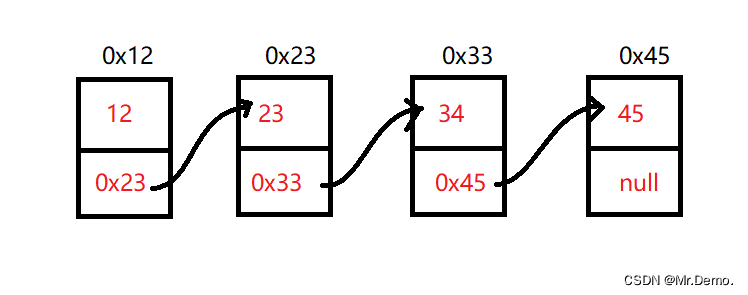
上面几种性质排列组合可以得到许多中链表的类型,这里我们重点掌握2中即可,一种是单向无头非循环,它在笔面试中经常出现,另一种是是无头双向循环链表,Java中的LinkedList底层就是通过它来实现的.
3. 单向无头非循环链表实现
下面是要实现的接口,即链表中的常用方法:
public interface ILinkedList {void addFirst(int data);//尾插法void addLast(int data);//任意位置插入,第一个数据节点为0号下标void addIndex(int index,int data);//查找是否包含关键字key是否在单链表当中boolean contains(int key);//删除第一次出现关键字为key的节点void remove(int key);//删除所有值为key的节点void removeAllKey(int key);//得到单链表的长度int size();//清空链表void clear() ;//打印链表void display();}
下面我们来实现这些方法:
public class MyLinkedList implements ILinkedList {static class Node{public int val;public Node next = null;public Node(int val) {this.val = val;}}public Node head = null;/*** 创建默认链表*/public void createDeafultLinkedList(){Node node = new Node(23);this.head = node;Node node1 = new Node(34);node.next = node1;Node node2 = new Node(45);node1.next = node2;Node node3 = new Node(56);node2.next = node3;Node node4 = new Node(67);node3.next = node4;}/*** 在链表头部添加新的结点* @param data*/@Overridepublic void addFirst(int data) {Node node = new Node(data);
// if(head == null){
// head = node;
// }else {
// node.next = head;
// head = node;
// }//上面的代码其实没必要验证链表是否为空,head为null赋值过去还是nullnode.next = this.head;this.head = node;}/*** 在尾部添加新的结点* @param data*/@Overridepublic void addLast(int data) {Node node = new Node(data);Node cur = this.head;if (this.head == null){this.head = node;}else {while (cur.next != null){cur = cur.next;}cur.next = node;}}/*** 在指定位置添加结点* @param index* @param data*/@Overridepublic void addIndex(int index, int data) {if (index > size() || index < 0){throw new IndexExeption("下标有误");}Node node = new Node(data);if (this.head == null){this.head = node;return;//记得返回,不然会执行中间插入的代码}if (index == 0){//在链表头添加addFirst(node.val);return;}if (index == size()){//在链表尾部添加addLast(node.val);return;}//在中部添加Node cur = this.head;int count = 0;while (count != index-1){//寻找cur的前一个结点cur = cur.next;count++;}node.next = cur.next;cur.next = node;}/*** 检测链表中是否含有指定的值* @param key* @return*/@Overridepublic boolean contains(int key) {Node cur = this.head;while (cur != null){//先遍历链表if(cur.val == key){//在遍历的过程中如果等于,返回truereturn true;}cur = cur.next;}return false;}/*** 移除遇到的第一个值为key的元素* @param key*/@Overridepublic void remove(int key) {if (this.head == null){return;}if (head.val == key){head = head.next;return;}Node cur = findPreNode(key);//需要找到前一个结点才可以删除if (cur == null){//没找到要删除的结点return;}cur.next = cur.next.next;}private Node findPreNode(int key){//找到要删除结点的前一个结点Node cur = this.head;while (cur.next != null){//这里必须写成next不等于null,否则下面可能会出现空指针异常if (cur.next.val == key){return cur;}cur = cur.next;}return null;}/*** 移除所有符合值为key的结点* @param key*/@Overridepublic void removeAllKey(int key) {if (this.head == null){return;}Node pre = this.head;Node cur = this.head.next;//先不要管头结点,先删中间的while(cur != null){if (cur.val == key){pre.next = cur.next;}else {pre = pre.next;//若该结点不是要删除的结点,pre往后走}cur = cur.next;}//所有的都删完了,删除头结点if (head.val == key){head = head.next;}}/*** 计算链表大小* @return*/@Overridepublic int size() {int count = 0;Node cur = this.head;while (cur != null){count++;cur = cur.next;}return count;}/*** 清空链表*/@Overridepublic void clear() {head = null;//为被引用的结点会被JWM回收}/*** 打印链表*/@Overridepublic void display() {Node cur = this.head;while (cur != null){System.out.print(cur.val+" ");cur = cur.next;}System.out.println();}/*** 从指定位置开始打印链表* @param node*/public void display(Node node) {Node cur = node;while (cur != null){System.out.print(cur.val+" ");cur = cur.next;}System.out.println();}}上面有几个问题需要注意
- 在中间插入元素的时候先要进行后链接,在进行前链接,如果先进行前链接,cur的下一个结点的地址就会丢失
- 在删除所有值为key的结点的时候,先删除head后符合条件的结点最后再处理head.
下面是对上述问题的动态演示,储存在个人gitee中:
插入结点错误演示
插入结点正确演示
删除所有key结点
下面我们对上述实现的方法进行测试:
*** 开始测试*/
public class Test {public static void main(String[] args) {MyLinkedList myLinkedList = new MyLinkedList();myLinkedList.createDeafultLinkedList();myLinkedList.addFirst(11);myLinkedList.addLast(88);myLinkedList.display();System.out.println(myLinkedList.size());myLinkedList.addIndex(2,33);myLinkedList.display();System.out.println(myLinkedList.contains(11));System.out.println(myLinkedList.contains(12));myLinkedList.addIndex(1,23);myLinkedList.addIndex(1,23);myLinkedList.addIndex(1,23);myLinkedList.display();myLinkedList.remove(23);myLinkedList.display();myLinkedList.removeAllKey(23);myLinkedList.display();myLinkedList.clear();myLinkedList.display();}
}
测试结果:


